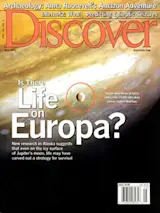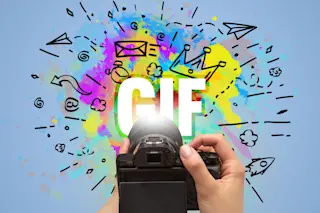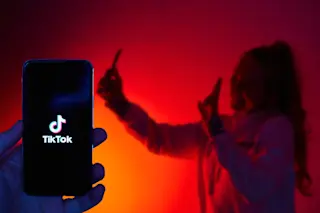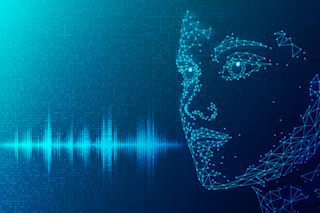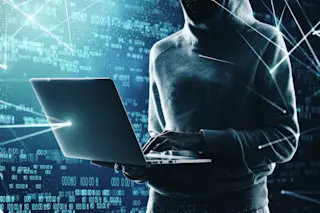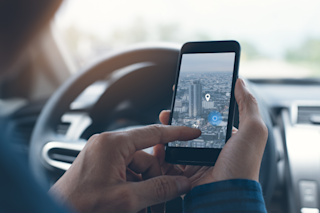Camped on a volcanic mountaintop in the New Mexico desert, physicist Richard Hughes and his colleagues at the Los Alamos National Laboratory are playing a game of subatomic catch. A laser mounted on a beat-up trailer fires through a thick filter, lobbing one photon at a time. Several miles away, those photons are collected by a telescope and analyzed to measure their polarizations—the orientation of their waves. This game is a warm-up for the big event, pitching photons to a telecom satellite in Earth orbit. When that happens, sometime within the next five years, it will mark the beginning of the age of truly secure communications.
The Los Alamos team is one of at least a dozen groups worldwide that are harnessing quantum physics to develop perfect encryption: coded messages impervious to the efforts of hackers. IBM researchers built the first working prototype quantum cryptographic system in 1989. But now ...


